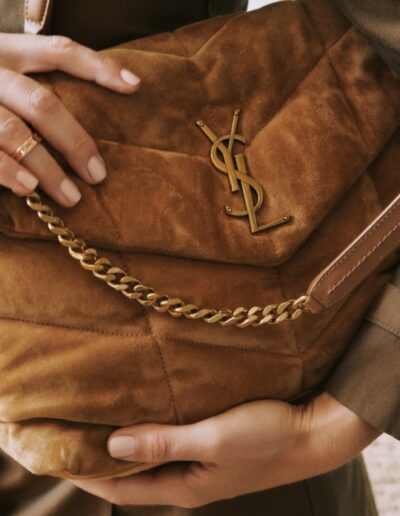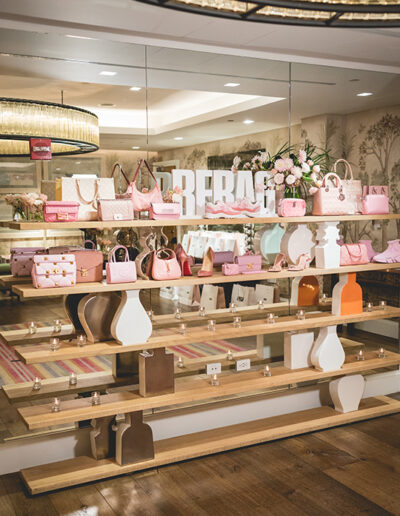FEATURE
A Brief Intro to Sustainability
& Fashion’s Effect on our Planet
By AKS, Apr 22, 2021

We all know the buzzword: “sustainable fashion.”
We all know the buzzword: “sustainable fashion.” But what is it really, and how can we be sustainably-minded while consuming goods and services? Sustainable fashion refers to the making or growing of raw materials, processing and manufacturing them, as well as how we care for and dispose of the item at the end of its life –
with the reduction of environmental impact in mind. Basically, in order to reduce the amount of pollution from fashion, we need to create an eco-friendly way to grow, process, and create fashionable items (and less of them!). In other words, as shared by the World Economic Forum, “not using more natural resources than the planet can naturally replace, and not producing anything that the planet can’t naturally reabsorb.”
From the World Economic Forum, here are just some of the fashion industry’s effects on the environment:
- The fashion industry is responsible for 10% of humanity’s carbon emissions
- The fashion industry’s use of raw materials such as cotton use a large number of chemicals like fertilizers and pesticides
- The fashion industry has high levels of water consumption and contamination from both the production of clothing, as well as when we wash our clothes; washing clothes releases 500,000 tons of microfibers and plastic into the oceans. The fashion industry is the second-largest consumer of the world’s water supply.
- Textile dyeing is the world’s second-largest contributor to the pollution of water. The fashion industry is responsible for 20% of all industrial water pollution worldwide.
- The fashion industry creates large amounts of waste. Up to 85% of textiles end up in landfills. The equivalent of one garbage truck full of clothes is burned or dumped in a landfill every second.
- Only 20% of all items made are recycled
Some small changes we all can make to reduce our own carbon footprints are:
- Recycling! The recycling of clothes is still pretty new, but there are many fabrics (both natural and synthetic) that can be repurposed into new garments or even used for insulation.
- Buy vintage or gently used clothing from thrift stores and resale shops or websites – this keeps the item out of the landfill and extends its life of usage
- Upcycle! Redesign or reuse. Turn new out of old.
- Buy timeless pieces that are well made
- Stay away from “fast fashion” – look for brands that are ethical, sustainable, and environmentally friendly or green
- Be mindful. Know where your items come from and whether or not they are manufactured by a brand that is working towards sustainability.
- Offset your own carbon emissions, or find a way to contribute back to our habitats, such as by planting a tree! For Earth Day 2021, Rebag will be partnering with One Tree Planted, a non-profit organization dedicated to the reforestation of the world’s most afflicted regions.



